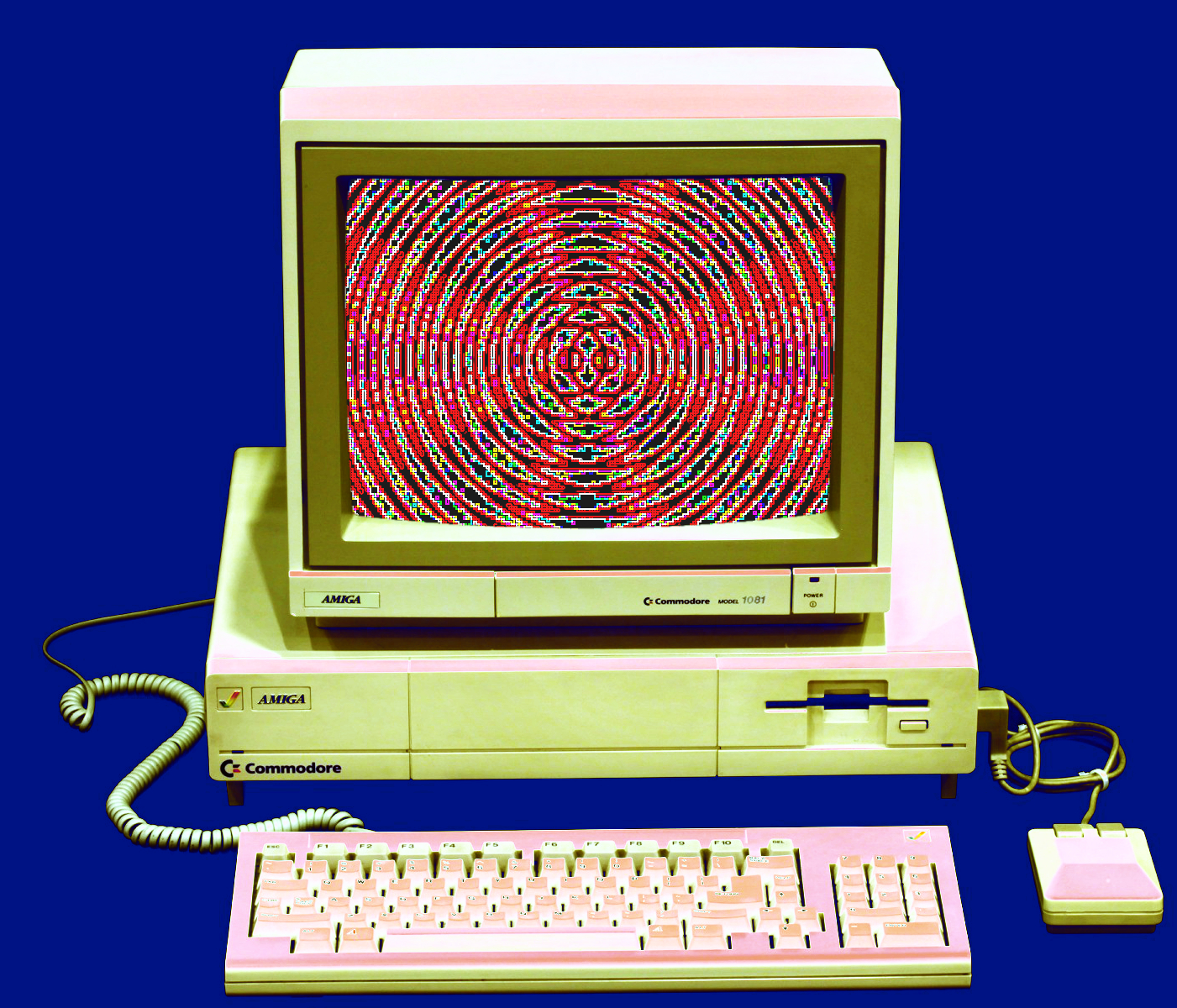Locals perform quantum forecast
 Australian scientists are getting a better fix on the bizarre movements of the quantum world.
Australian scientists are getting a better fix on the bizarre movements of the quantum world.
Researchers at the University of Sydney have demonstrated the ability to “see” the future of quantum systems, and used that knowledge to preempt their demise.
Teams around the world are harnessing quantum physics for its potential to build exceptionally powerful quantum computers using quantum bits, or qubits, driven by investment from the world’s largest companies.
A major obstacle to building reliable quantum technologies has been the randomisation of quantum systems by their environments, or decoherence, which effectively destroys the useful quantum character.
Quantum particles such as electrons behave like waves, which can interfere with each other. If there is a definite phase relation between different particles in a quantum system, the system is said to be coherent.
However, when a quantum system is not perfectly isolated, but in contact with its surroundings, the coherence decays with time, a process called quantum decoherence.
In their new study, the University of Sydney physicists used techniques from the world of big data to predict how quantum systems will change, and were able to prevent the system’s breakdown from occurring.
The key to suppressing and preventing decoherence was to develop a technique to predict how the system would disintegrate.
“Humans routinely employ predictive techniques in our daily experience; for instance, when we play tennis we predict where the ball will end up based on observations of the airborne ball,” said research leader Professor Michael Biercuk.
“This works because the rules that govern how the ball will move, like gravity, are regular and known. But what if the rules changed randomly while the ball was on its way to you? In that case it’s next to impossible to predict the future behaviour of that ball.
“And yet this situation is exactly what we had to deal with because the disintegration of quantum systems is random. Moreover, in the quantum realm observation erases quantumness, so our team needed to be able to guess how and when the system would randomly break.
“We effectively needed to swing at the randomly moving tennis ball while blindfolded.”
The team applied techniques from advanced computer science to show that what might look like random behaviour actually contained enough information for a computer program to guess how the system would change in the future.
It could then predict the future without direct observation, which would otherwise erase the system’s useful characteristics.
The predictions were remarkably accurate, allowing the team to use their guesses preemptively to compensate for the anticipated changes.
Doing this in real time allowed the team to prevent the disintegration of the quantum character, extending the useful lifetime of the qubits.
“We know that building real quantum technologies will require major advances in our ability to control and stabilise qubits – to make them useful in applications,” Professor Biercuk said.
“Our techniques apply to any qubit, built in any technology, including the special superconducting circuits being used by major corporations.
“We’re excited to be developing new capabilities that turn quantum systems from novelties into useful technologies. The quantum future is looking better all the time,” he said.








 Print
Print